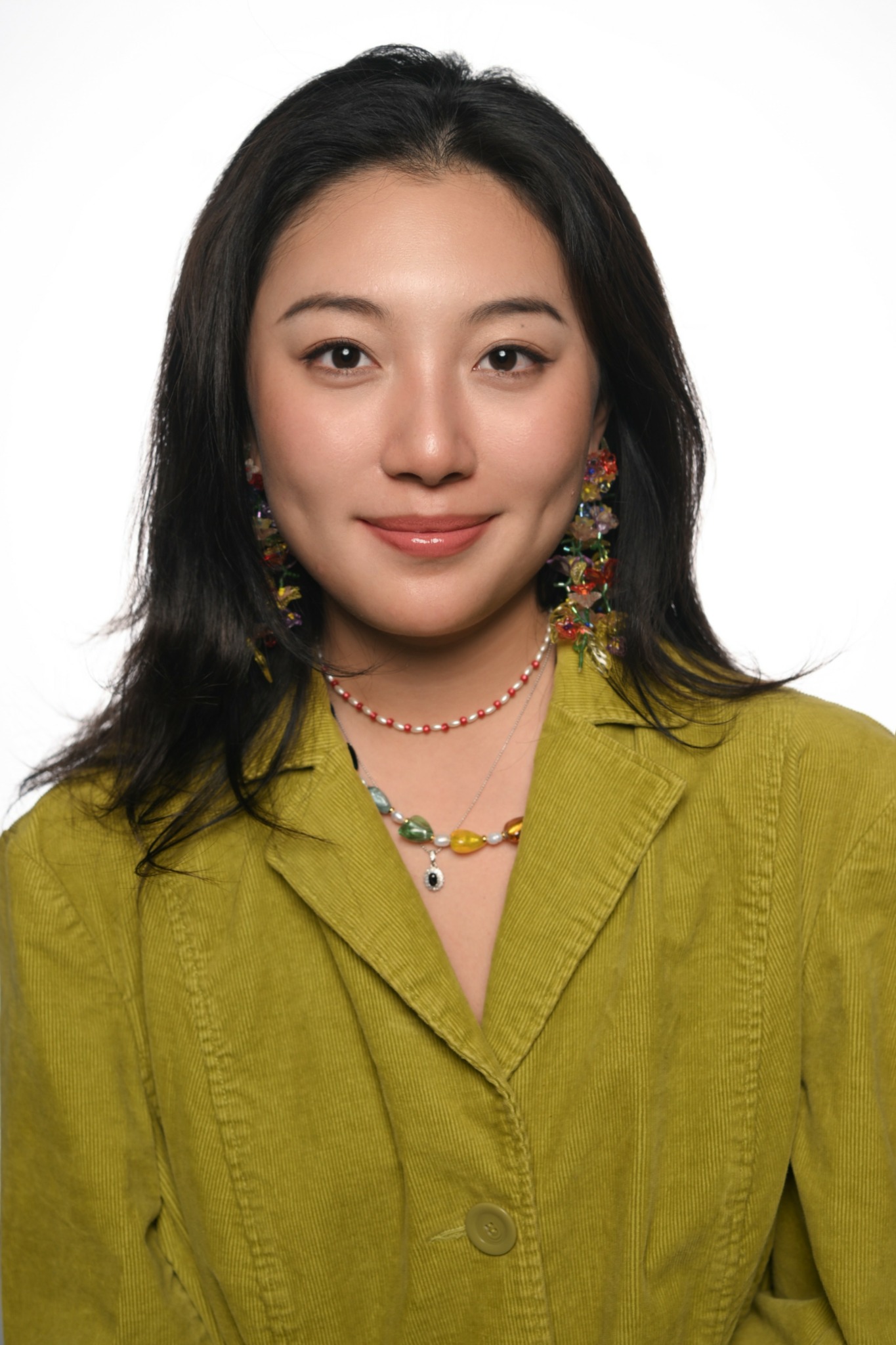We recently connected with Yinxue Wang and have shared our conversation below.
Alright, Yinxue thanks for taking the time to share your stories and insights with us today. What’s been the most meaningful project you’ve worked on?
One of the most meaningful projects I’ve worked on is the Off-Broadway production Anti-Gone俺抬杠?!, which premiered in March at the Jeffrey and Paula Gural Theatre at A.R.T./New York. I was the costume, hair, and makeup designer for the show, and it was such a special opportunity for me to dive deep into both the emotional and visual world of the piece. The story reimagines the Greek tragedy Antigone, but sets it in a rural Northern Chinese village during the 1980s—a time and place filled with tension, tradition, and transformation.
What made this project so important to me wasn’t just the creative freedom—it was the way I got to connect history, identity, and imagination through design. I have a master’s degree in costume design from Carnegie Mellon University and have worked with Universal Studios, but this show pushed me to go even deeper. I spent weeks researching what people actually wore in rural China in the ’80s—not just the styles, but what those clothes meant socially and emotionally. Then I had to think about how to adapt that realism for the stage, so that every costume helped tell the story.
One moment I’ll never forget was designing the dream sequence in Act III. It was this wild, surreal part of the play shaped by childhood memories and political absurdity. I made an emperor’s robe printed with Monkey King images, folded award certificates into official hats, and turned strings of candy into a crown. It was playful, strange, and symbolic—full of contradictions, just like the story itself.
I also designed the makeup, which included transforming young actors into elderly villagers. I used detailed texture and shading to age their faces and bring out a sense of life experience. When they stepped onto the stage in full look, I could see how the costume and makeup helped them truly become their characters. That transformation was incredibly rewarding.
Anti-Gone俺抬杠?! was more than just a show—it was a rare chance to mix Chinese and Western aesthetics in one production, and to work across languages and generations. It reminded me why I love costume design so much: because clothing can do more than decorate a stage. It can carry memory, express emotion, and become a bridge between cultures.
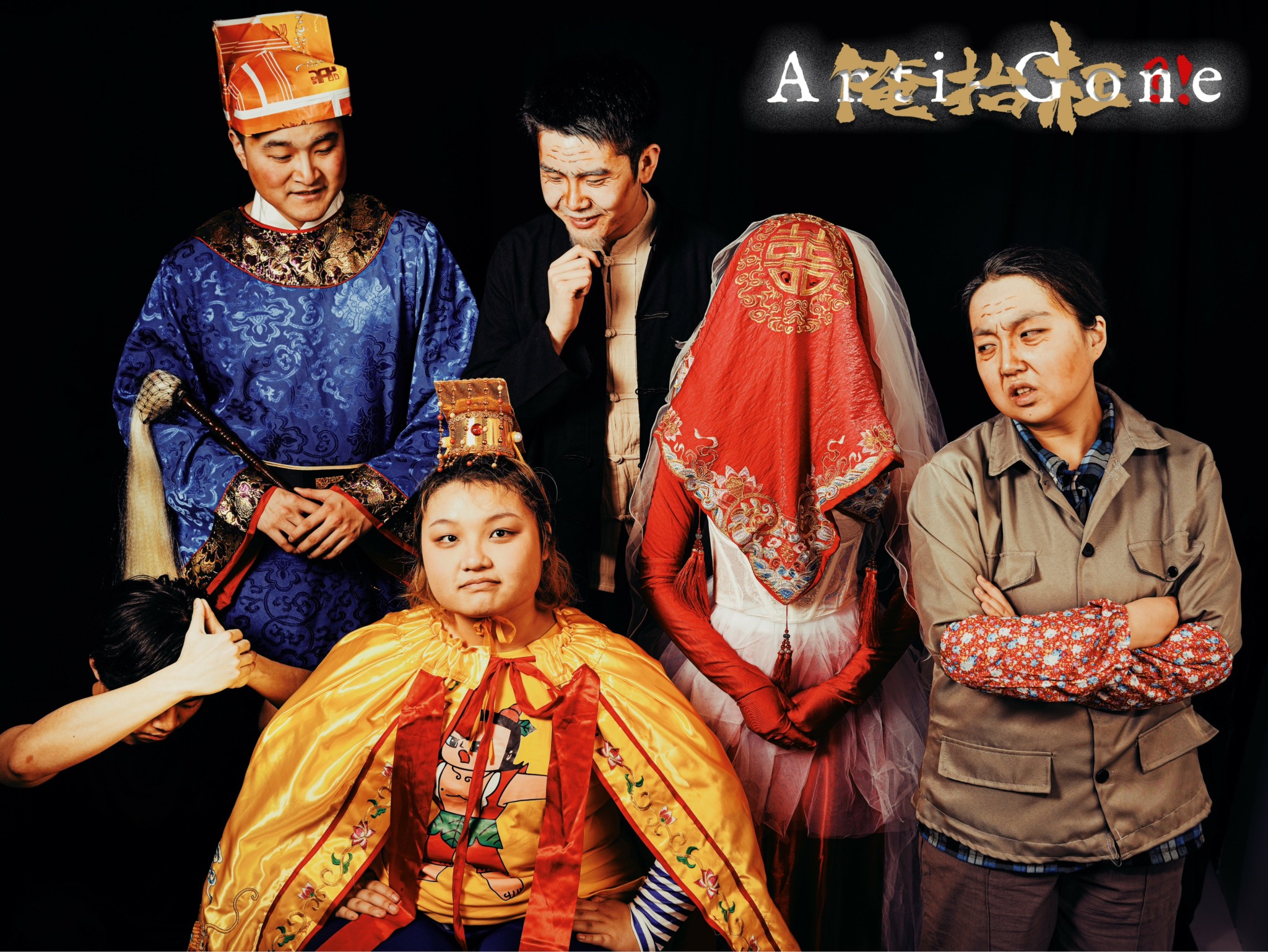
As always, we appreciate you sharing your insights and we’ve got a few more questions for you, but before we get to all of that can you take a minute to introduce yourself and give our readers some of your back background and context?
My name is Yinxue Wang, and I’m a costume designer working across TV, film, theatre, opera, dance, and new media. I also work as a concept artist and illustrator. My work is all about visual storytelling—using clothing, texture, silhouette, and color to help bring characters and worlds to life.
My journey into costume design began with a love for painting as a child. Art has always been my way of understanding and connecting with the world. I studied fashion design as an undergraduate at Donghua University in Shanghai, which has one of the top fashion programs in China. I also spent a year at Bunka Fashion College in Japan, where I focused deeply on tailoring and design. During that time, I became fascinated with the world of theatre and film—how a single costume can hold emotion, backstory, and transformation. That curiosity led me to pursue my MFA in Costume Design at Carnegie Mellon University, which I completed in 2024.
My work blends strong technical skills with conceptual thinking. I specialize in character-driven design that draws from historical, cultural, and emotional research. Whether it’s aging young actors into elderly villagers for a surreal play set in 1980s rural China, or designing dreamlike fantasy pieces for opera, I always try to find the deeper layer of meaning in each look. I also care deeply about sustainability in design, and I’m always looking for ways to incorporate repurposed or innovative materials into my work.
One of my recent projects was designing the costumes for Armida at Pittsburgh Opera, a visually rich production that let me explore color, silhouette, and texture in a magical, theatrical world. It was a rewarding experience that reaffirmed how much I love storytelling through design.
What sets me apart is my range—I’m equally comfortable sketching fantasy armor for a digital game, constructing a period gown for stage, or illustrating quick turnarounds for on-set fittings. I love collaborating with directors, performers, and creatives to build characters from the outside in.
I want people to know that my work is not just about making clothes—it’s about creating feeling, memory, and identity through design. Whether you’re watching a story unfold on stage or screen, my goal is for you to feel the heartbeat of the character before they even speak.
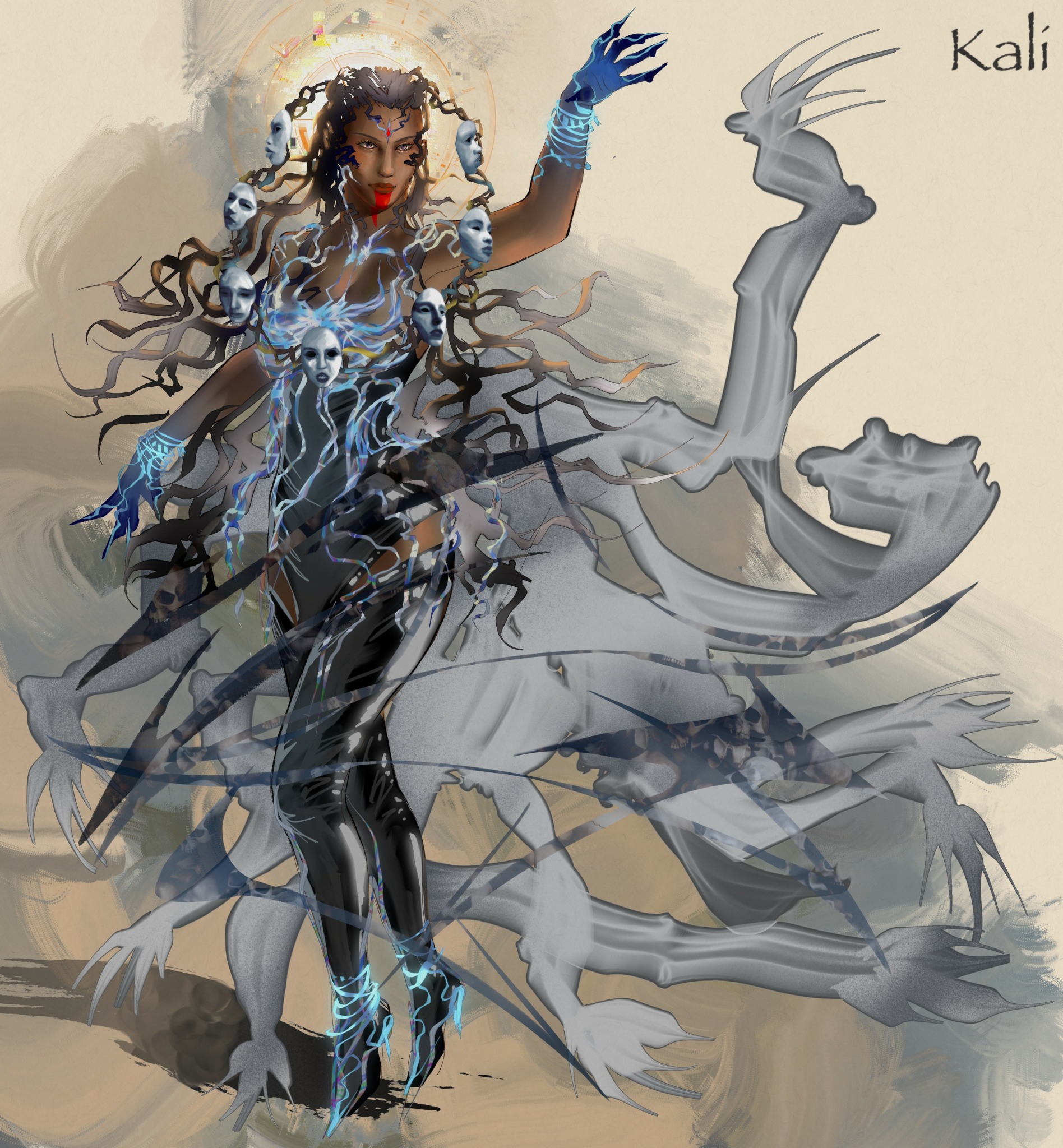
What’s a lesson you had to unlearn and what’s the backstory?
One important lesson I had to unlearn is that good design has to be complex. Early in my journey, especially coming from a fashion background, I often felt pressure to constantly “show” the work—through elaborate silhouettes, layering, detailed textures, or intense color combinations. I thought complexity meant depth, and that visual impact had to come from how much I could do in one look.
But as I shifted into costume design for theatre and film, I realized that simplicity can be far more powerful. Sometimes the most emotionally resonant costumes are the ones that quietly let the character breathe. I started embracing the idea that every stitch, fabric choice, and silhouette needs a purpose. It’s not about less effort—it’s about clearer intention.
A breakthrough moment came during a production where I originally designed a costume with many layered accessories and textures. But on stage, it overwhelmed the actor’s performance. I reworked it into something much simpler—a clean silhouette with a subtle texture—and suddenly, the character’s emotional arc became so much more visible. The design wasn’t “less” in feeling—it was more precise, more honest, and more connected to the story.
Now, I always remind myself: Less is more, but only when “less” is intentional and rooted in meaning. Design isn’t about showing everything you can do. It’s about doing what the story truly needs.
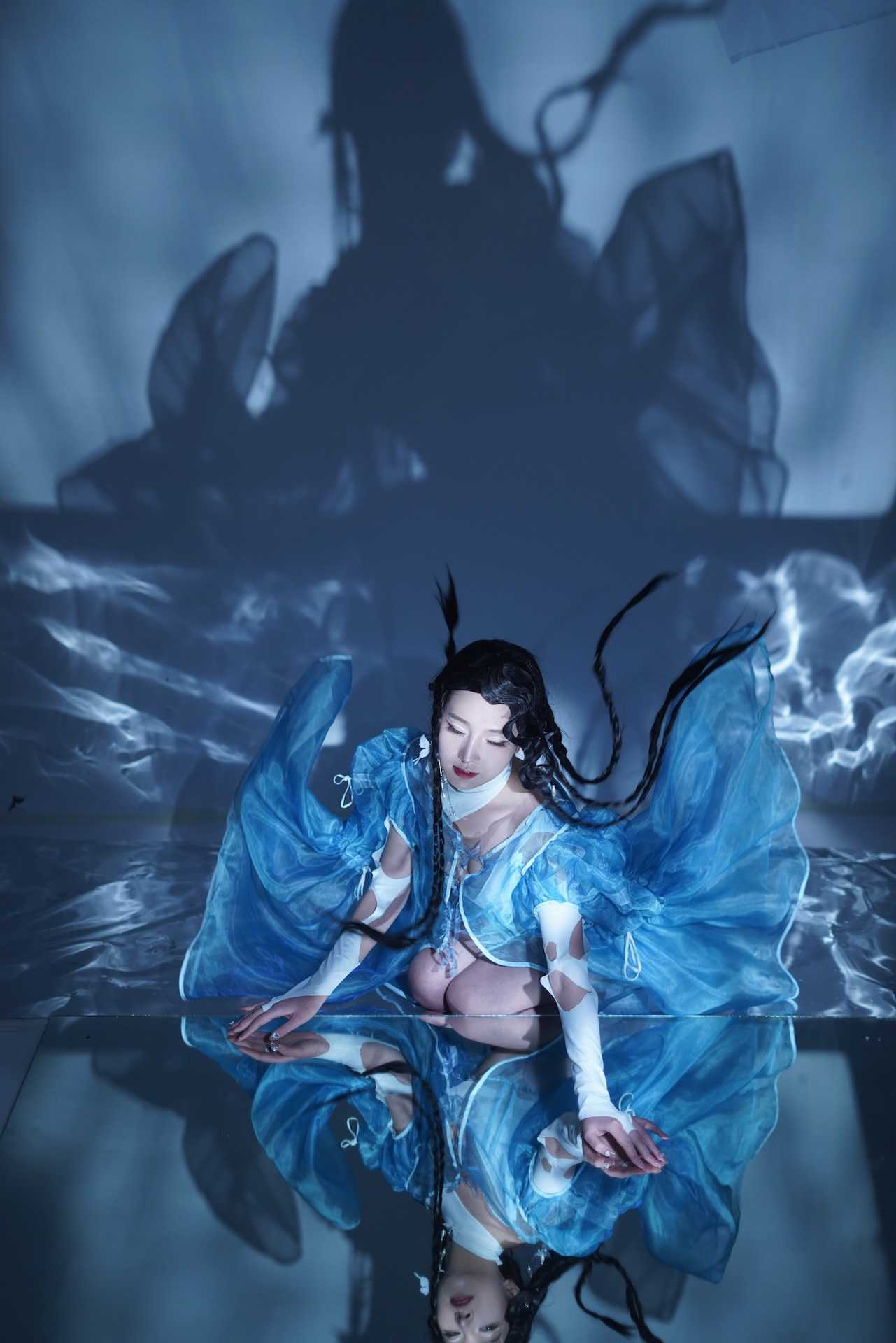
Are there any books, videos, essays or other resources that have significantly impacted your management and entrepreneurial thinking and philosophy?
Absolutely—The Lord of the Rings and The Hobbit film trilogies had a huge impact on me, especially when I was in high school. I remember watching the behind-the-scenes documentaries, and I was completely captivated—not just by the epic storytelling, but by how much thought and detail went into every costume, prop, and character.
There was one featurette that dove deep into the costume design process, and I was amazed by how the designers approached worldbuilding through fabric, texture, and silhouette. It was the first time I truly understood that costume design isn’t just about making something look good—it’s about creating culture, identity, and history for characters who don’t even exist in our world. That realization stayed with me and shaped how I approach storytelling as a designer today.
It also taught me something about creative leadership. Watching how the team collaborated across departments, stayed consistent with vision, and still found space to innovate within such a massive production—it made me realize that strong design is not just about talent, but about communication, planning, and trust in the team.
That documentary lit the spark for me. It helped me see costume design as both an art and a craft, and planted the seed for how I think about creative work:always respect the story.
Contact Info:
- Website: https://yinxuewangdesign.com/
- Instagram: yinxuew.costumedesign
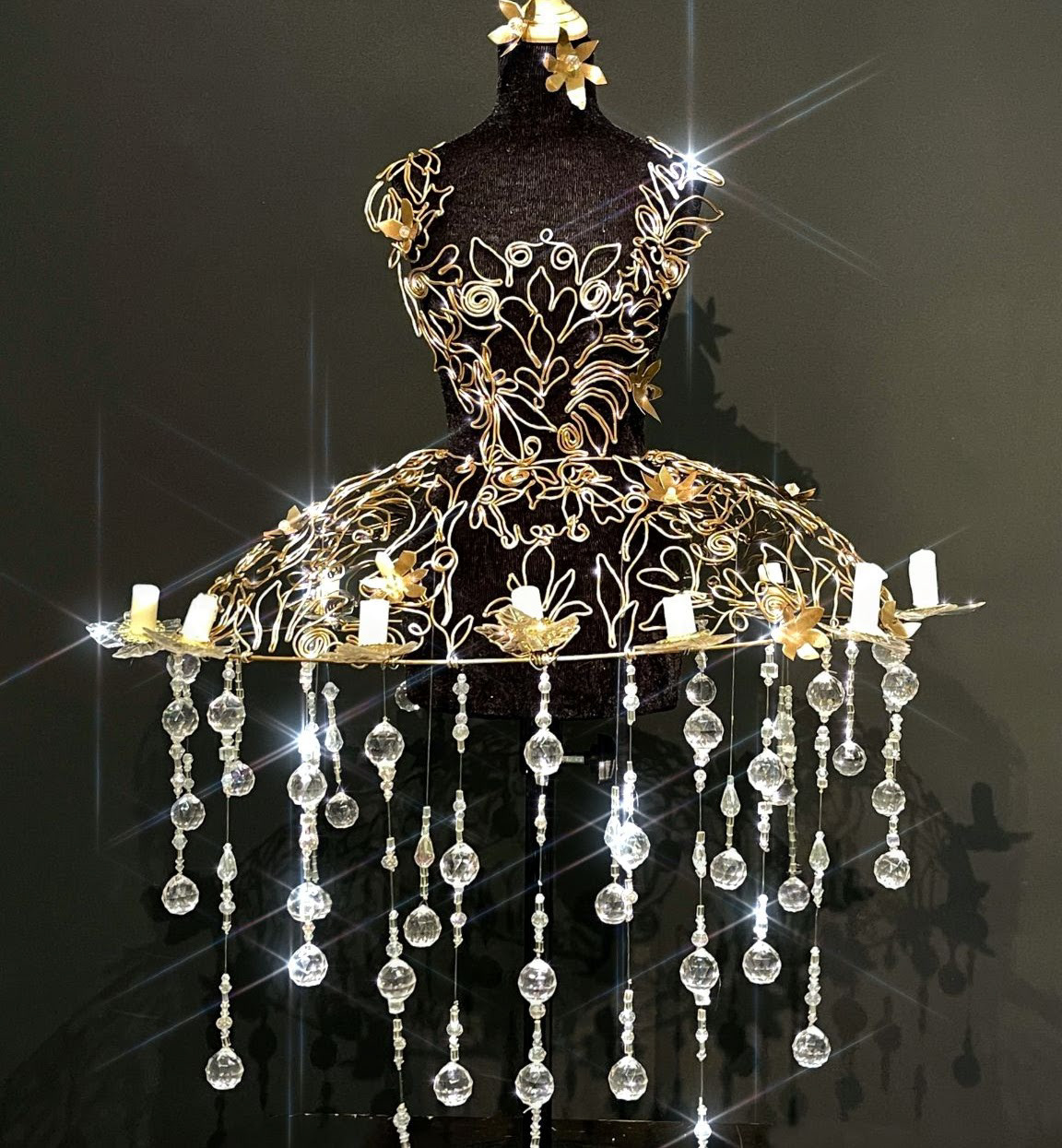

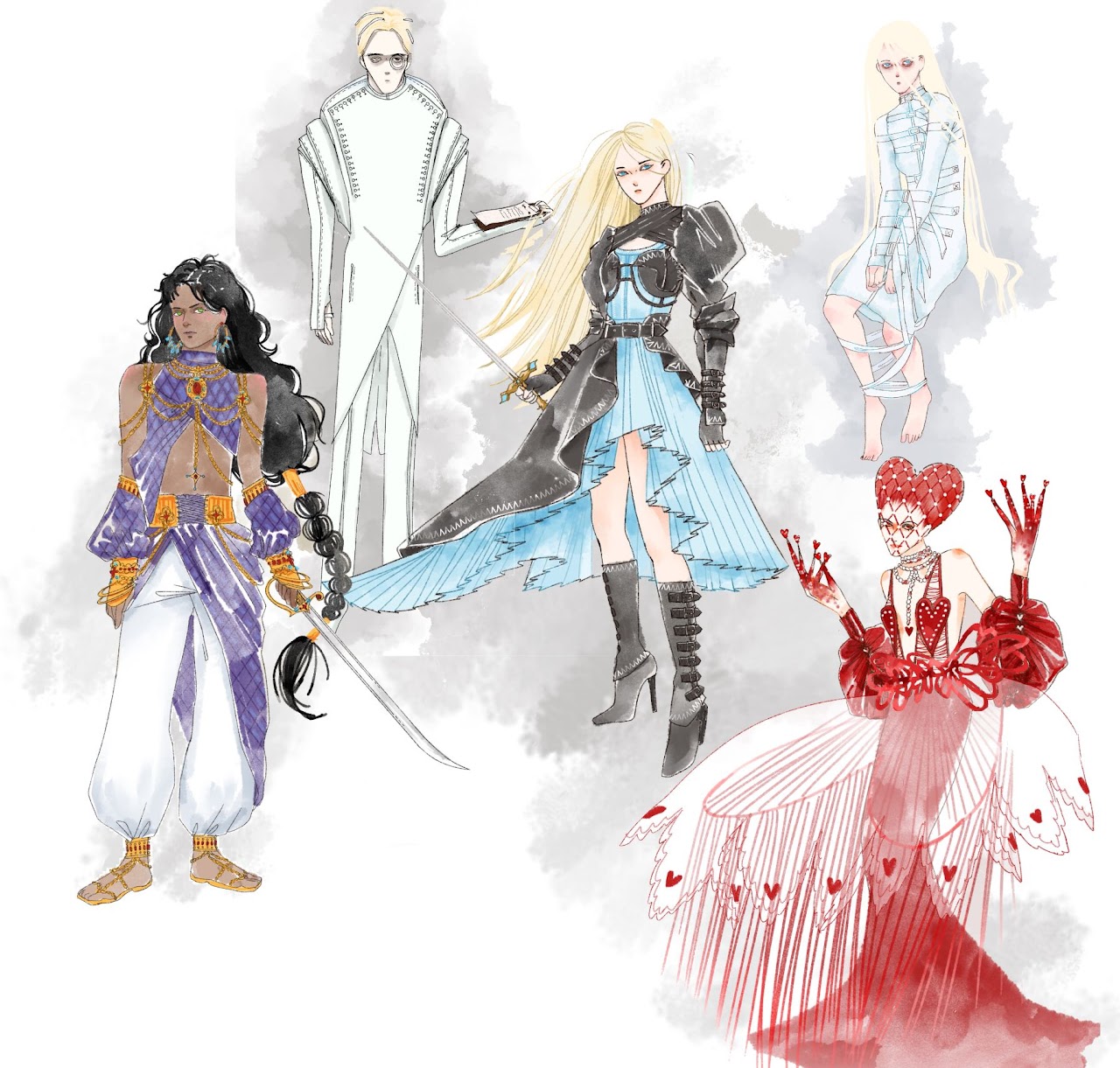
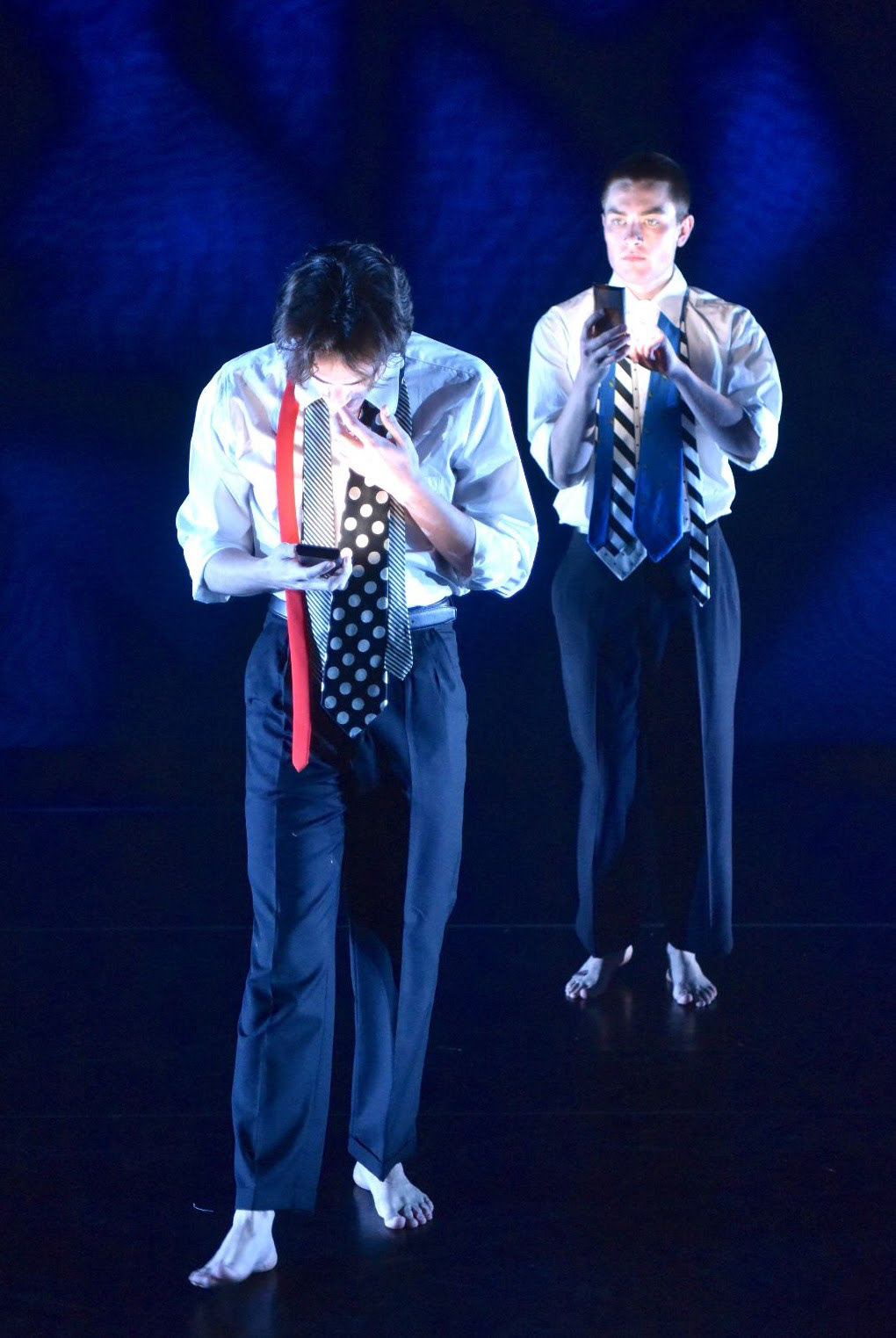


Image Credits
1.siqi deng


